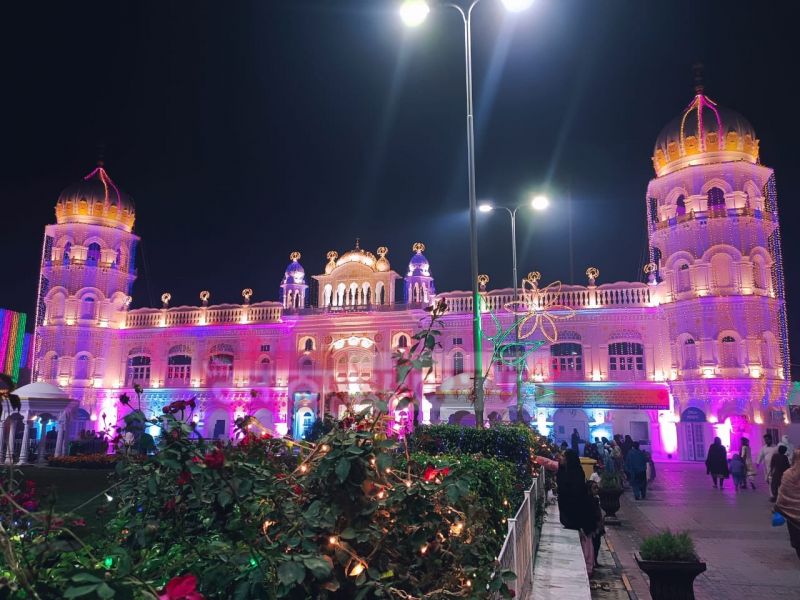.jpeg)
North America's oldest Gurdwara offers a peek into the complex history of B.C.'s first Sikh settlers
From revolutionary poetry to encounters with the KKK, B.C.'s Gur Sikh Temple holds many stories As you travel down South Fraser Way in Abbotsford, B.C., you will notice a deep orange flag outside what looks like a typical frontier heritage house, with unassuming square windows and beige siding. But inside, it is revealed to be a Gurdwara, with an elevated stage to accommodate the Guru Granth Sahib, the Sikh scripture, facing a large hall with seating for hundreds of people. This building is the Gur Sikh Temple, built by Sikh settlers who arrived in B.C. more than 100 years ago. It is the oldest existing Gurdwara in North America. The contrast between what is on the outside and inside of the building captures the tension those settlers experienced when they arrived in Canada, and sought to assimilate in society while maintaining their Southeast Asian identity, says Sharanjit Kaur Sandhra, co-ordinator at the University of the Fraser Valley's South Asian Studies Institute and co-curator of exhibits at the Gurdwara's Sikh Heritage Museum. Outwardly it has a false front and the gabled roof, but inwardly it pays homage to every typical Gurdwara," she said. She added that the settlers wanted to adapt Canadian features on the outside — including wearing western clothing — without compromising their identities, culture, religion, languages and food. 'Whatever you can carry ... consider it yours' Today the temple continues to serve as a place of worship, but it is also a National Historic Site and museum, as designated by former Prime Minister Jean Chretien on July 31, 2002. It was built in 1911 by Sikh men who worked at the Abbotsford Lumber Company. Wanting a communal gathering place, the men asked their employer to provide them with wood for a Gurdwara. "The lumber company said, 'OK, whatever you can carry on your backs, consider it yours,'" said Sandhra. After completing 12-hour shifts at the mill, the men would haul the wood more than half a kilometre away to where the Gurdwara would be built. All of the wood in the building was transported this way. But the support from the lumber company didn't last. By 1930, one of the company's founding members also became a founding member of the Abbotsford Ku Klux Klan. According to a newspaper report, he fired between 40 and 50 employees as a gesture of "goodwill" toward white workers.










